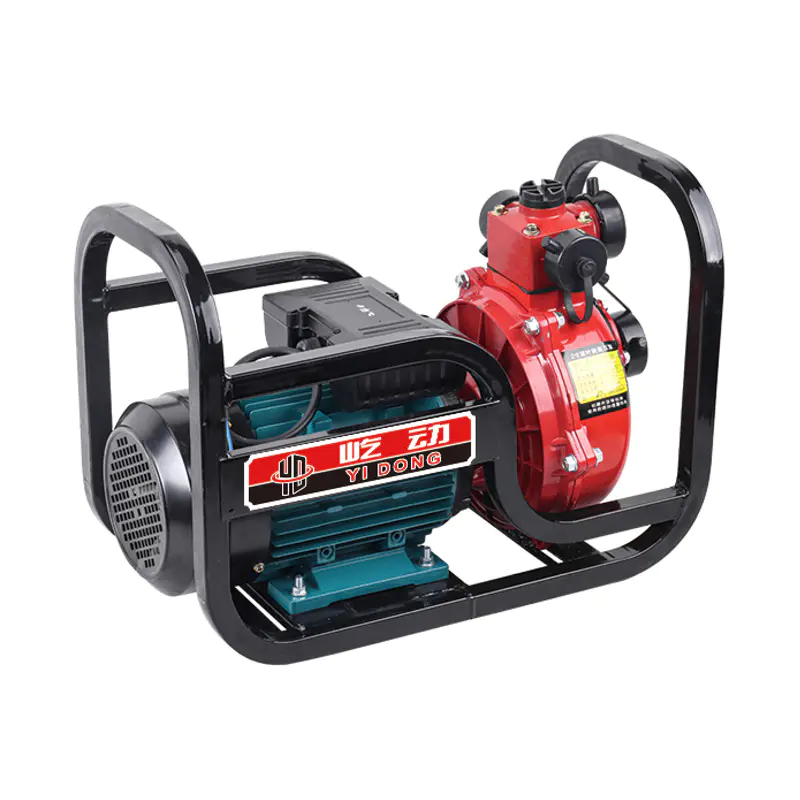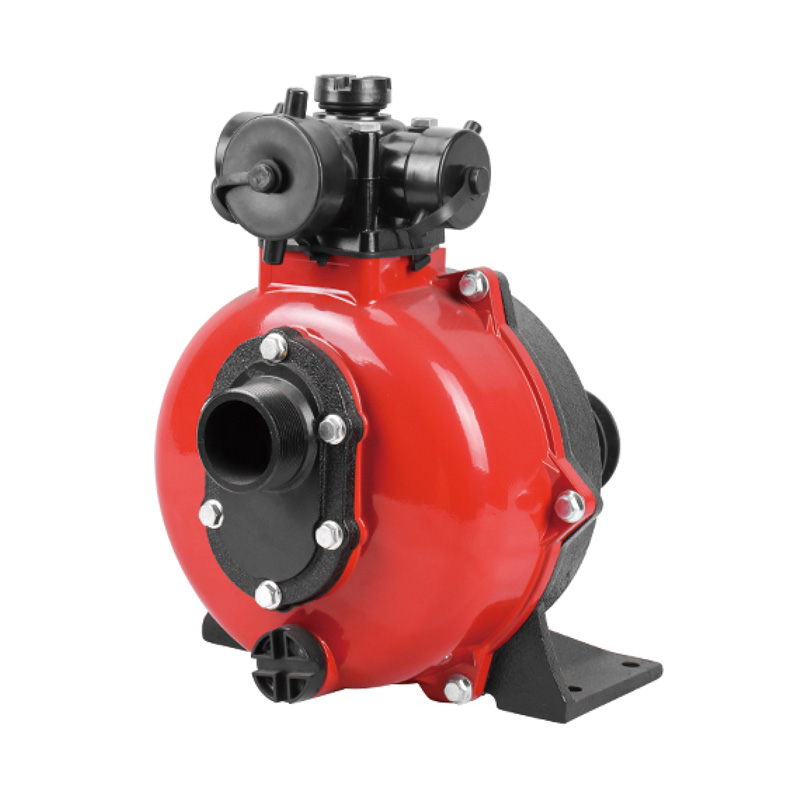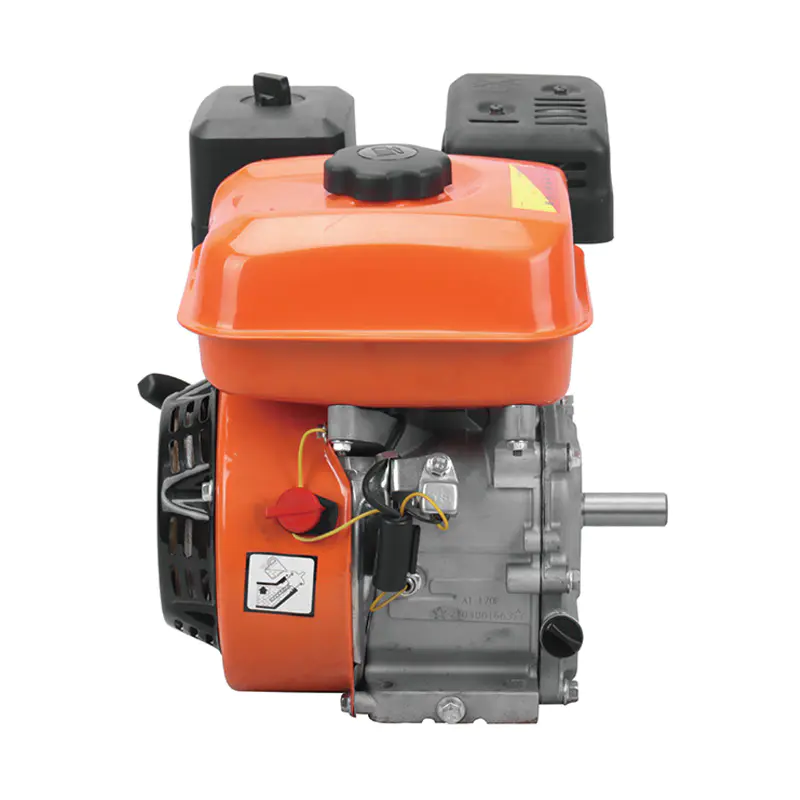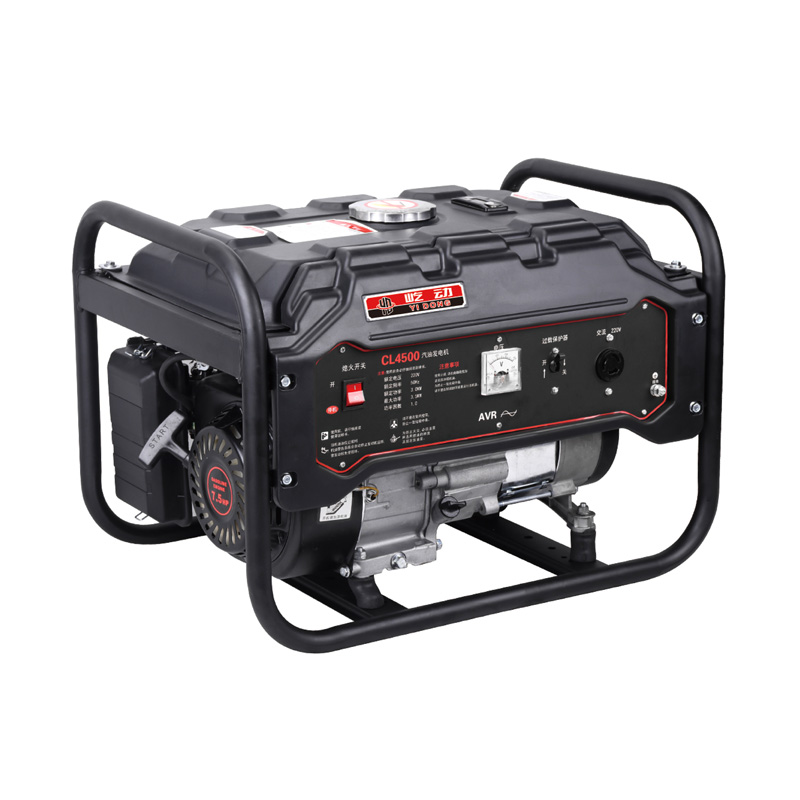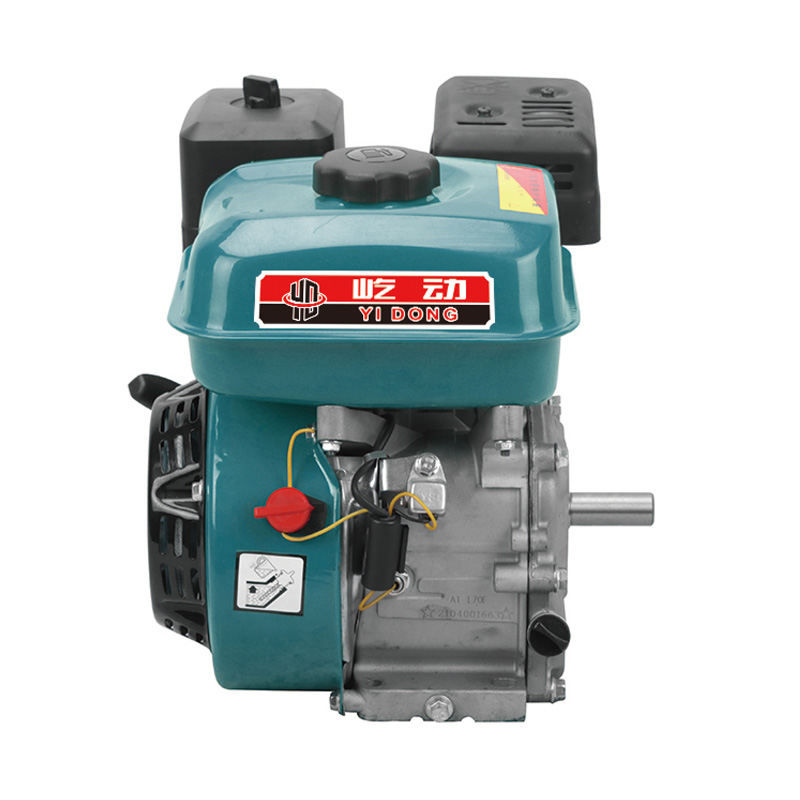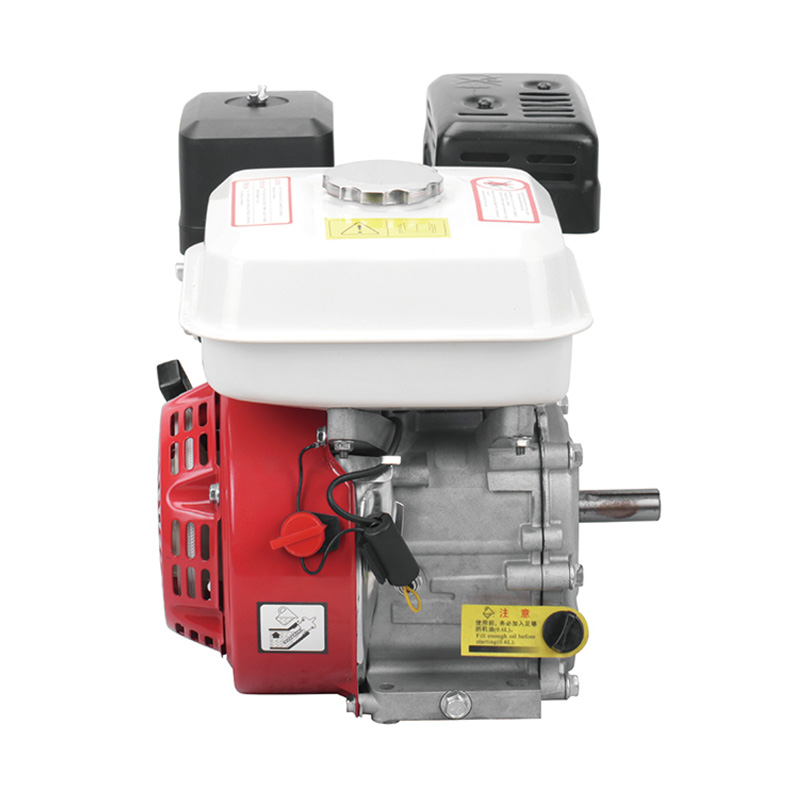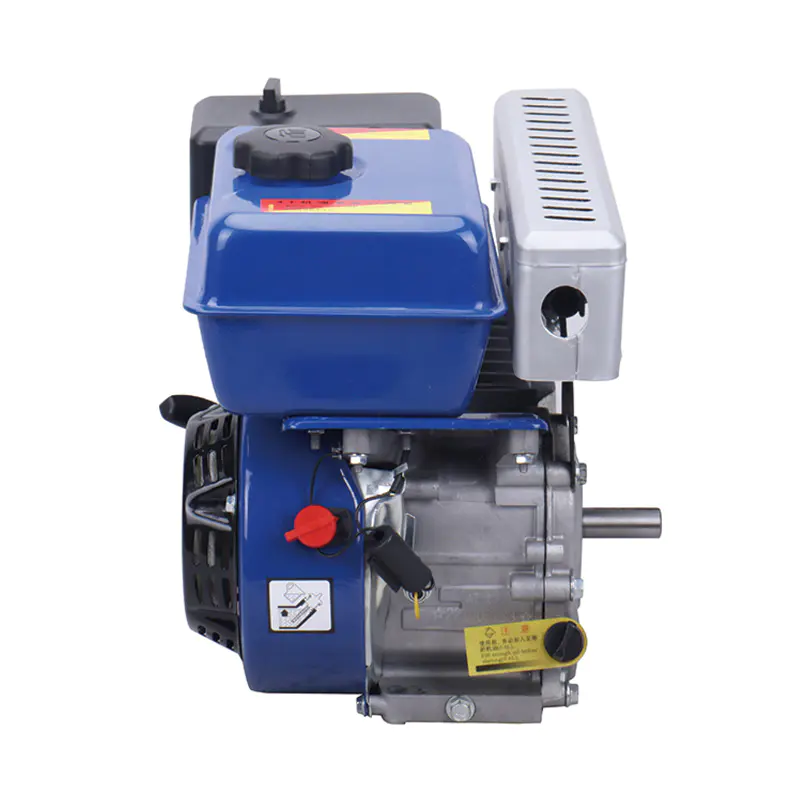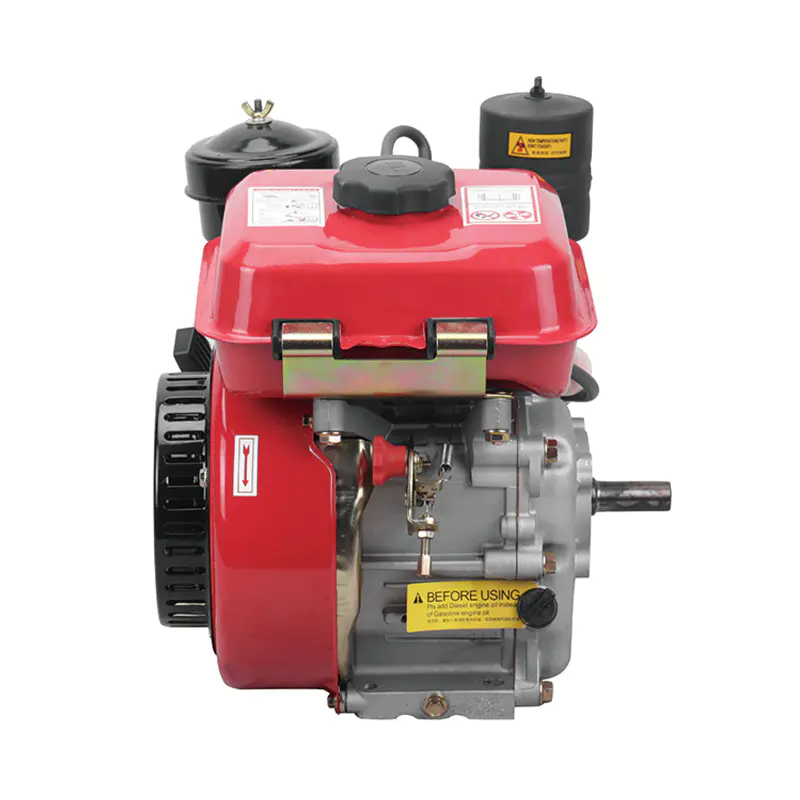I. Introduction to Reciprocating Plunger Pumps
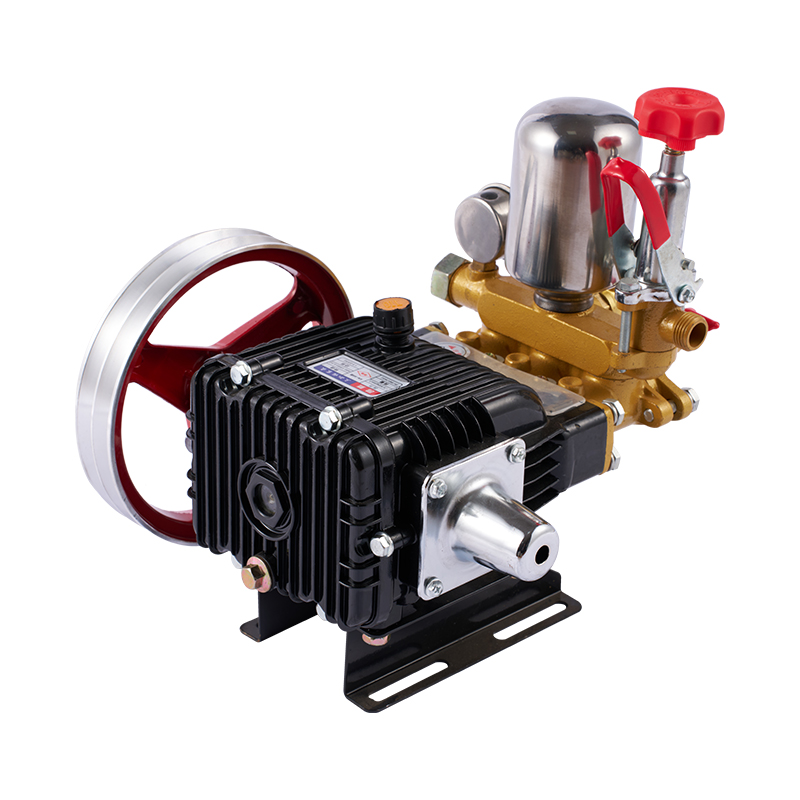
Reciprocating plunger pumps, also known as positive displacement pumps, are widely used in a variety of industries due to their ability to handle high pressure applications efficiently. These pumps are engineered to move fluids by converting the reciprocating motion of the plunger into fluid displacement. Despite their prevalence, there are several aspects of their pricing that are not commonly understood.
II. Factors Influencing Pump Prices
The cost of high pressure reciprocating plunger pumps is influenced by a multitude of factors, each playing a role in determining the final price point. Understanding these factors can help users make informed decisions when purchasing such equipment.
A. Material Costs
The materials used in the construction of the pump components can significantly impact the price. High-quality materials like stainless steel or special alloys may be used to withstand the pressures and corrosive nature of certain fluids, increasing the cost.
B. Pump Design and Complexity
The intricacy of the pump's design and the number of components involved also play a role in determining the price. More complex designs with additional features may come at a higher cost due to increased manufacturing complexity and precision.
C. Production Volume and Economies of Scale
The production scale can affect the cost per unit. Manufacturers who produce in large quantities may benefit from economies of scale, which can reduce the cost per pump.
D. Market Demand and Supply
The market demand for high pressure reciprocating plunger pumps and the availability of similar products in the market can influence pricing. High demand or limited supply can increased prices.
E. After-Sales Services and Warranties
The level of after-sales service provided, including warranties, can also affect the price. Comprehensive service packages and extended warranties often come at an additional cost but provide peace of mind to the user.
III. Hidden Costs and Considerations
While the upfront cost of the pump is a significant consideration, there are other costs that users may not immediately recognize when purchasing a high pressure reciprocating plunger pump.
A. Maintenance and Repair Costs
The ongoing maintenance and potential repair costs associated with the pump are essential to consider. Some pumps may require more frequent maintenance due to their design or the nature of the fluids they handle.
B. Energy Consumption
The energy efficiency of the pump can significantly impact operational costs. High pressure pumps that consume more energy will higher electricity bills over time.
C. Downtime and Productivity Loss
The cost of downtime due to pump failure or maintenance can be substantial, especially in industries where continuous operation is critical.
D. Replacement Parts and Upgrades
The availability and cost of replacement parts and the need for upgrades as technology advances are also factors to consider in the overall cost of ownership.
IV. Pricing Strategies and Market Competition
Understanding how manufacturers price their high pressure reciprocating plunger pumps is crucial for buyers to make the purchasing decisions.
A. Competitive Pricing
Manufacturers often set prices based on market competition. If there are many competitors offering similar products, prices may be lower to attract buyers.
B. Brand Value and Reputation
The brand value and reputation of the manufacturer can also influence the price. Well-established brands with a history of quality may charge a premium for their products.
C. Customization and Special Features
Customization options and special features can add to the cost of the pump. Tailoring a pump to specific needs or including advanced features can increase the price.
D. Regional Differences
Pricing can also vary by region due to factors such as local taxes, import/export duties, and currency exchange rates.
V. Conclusion: Making Informed Decisions
When considering the purchase of a high pressure reciprocating plunger pump, it is essential to look beyond the initial price tag. By understanding the factors that influence pricing and considering the hidden costs, buyers can make more informed decisions. The price of a pump is just one aspect of its value; its performance, efficiency, and longevity are equally important considerations.
By taking a holistic view of the cost, including all associated expenses and the value it brings to the operation, users can ensure they are getting the return on their investment. High pressure reciprocating plunger pumps are a significant investment, and understanding all aspects of their pricing is crucial for making the right choice for your specific application.



 English
English русский
русский Français
Français Español
Español عربى
عربى